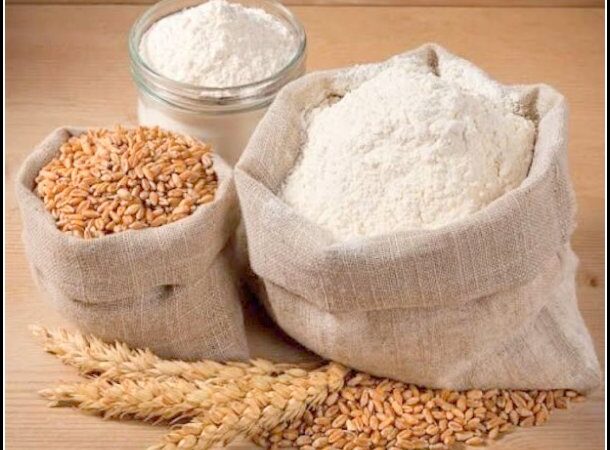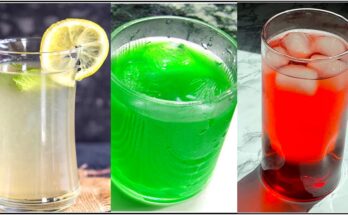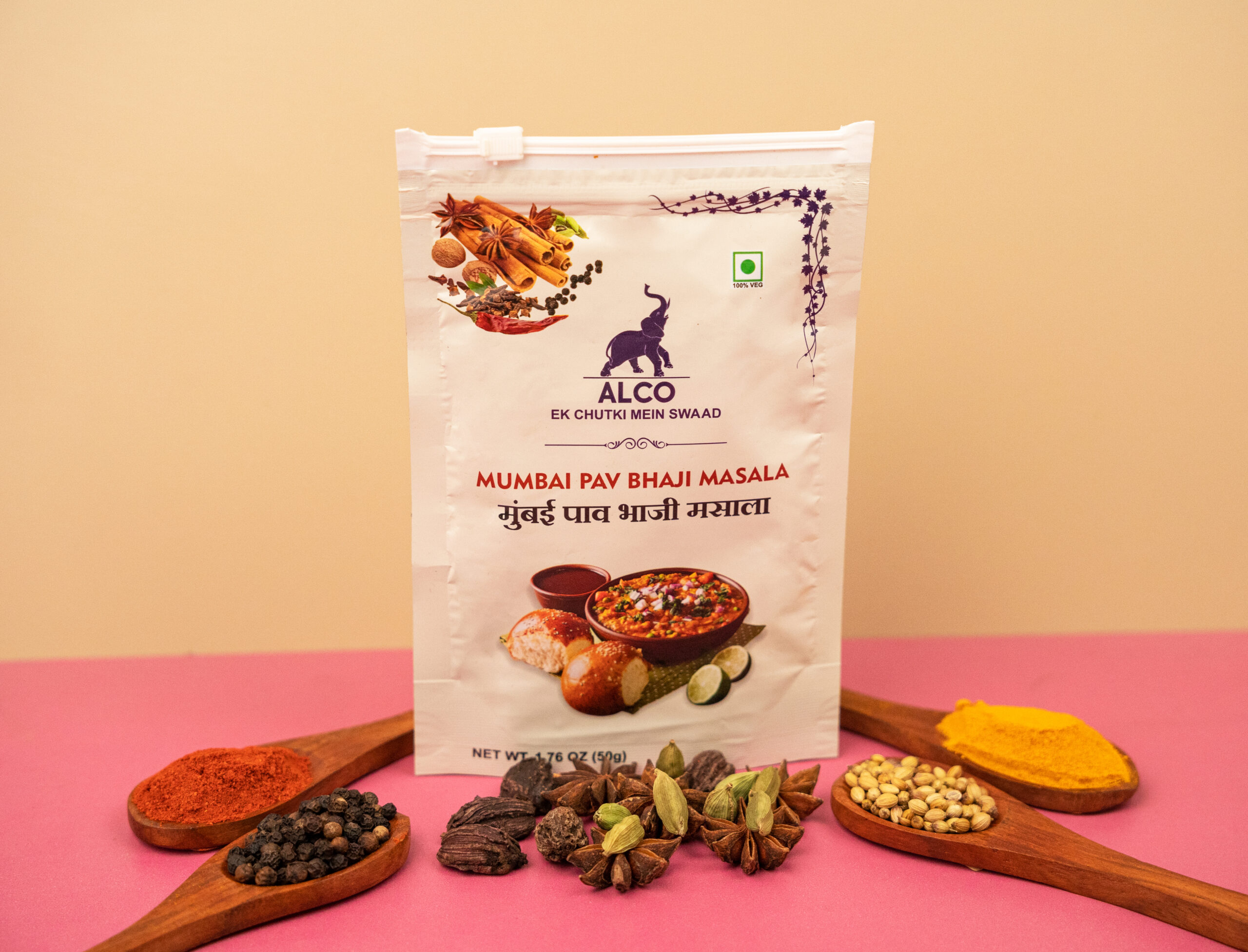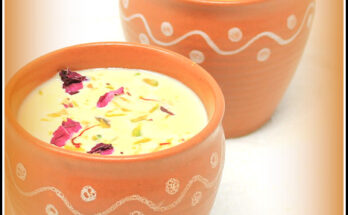Nowadays, nearly everyone needs clarification about which aata (flour) is healthier; this blog by Sonam Ke Shabd illustrates the distinction between Whole wheat flour and Multigrain flour.

What is Whole Wheat Aata?
Let’s initially see what grain is made of by taking a wheat grain as an example.
Think of grain as a plant egg. The yolk in an egg is termed the germ in a grain. This germ is the plant embryo, which grows into a plant and forms 2% of the grain. The germ contains vitamins, minerals, protein, and fats.
The white of an egg is called the endosperm in a grain. It is packed food for the embryo. 83% of the grain is the endosperm. It is mostly starch (75%) with some protein (11%), vitamins, and minerals.
The shell of the egg is comparable to the bran in a grain. 15% of the grain by weight is bran. The bran has antioxidants, vitamins, fat, and fiber.
- If you remove the outer layer (bran) and germ and powder the endosperm, you get Maida.
- If you crush the whole grain, you get atta. Atta is Eighty-three (83) %, Maida.
Observational research published in the Journal of Nutrition indicates that the antioxidants, phytonutrients, and fiber present in whole wheat flour can reduce cancer risk.
What is Multigrain Aata?
Multigrain is a mix of two, three, or additional flours. It is flour made using a combination of multiple grains such as wheat, ragi, oats, maize(corn), chana dal, and soya bean. Multigrain has additional fiber and protein content than regular wheat flour. They contain a lower glycemic index. It is enriched with a careful mix of seven natural grains. They are;
Whole Wheat
Whole grain wheat flour is one of the essential ingredients of Multigrain Atta. Wheat bran contains a wealth of nutritious alimentary elements such as antioxidants, dietary fibers, vitamins, and minerals. Studies indicate that bran contains insoluble nutritional fibers and prebiotics that improve our gut wellness.
Brown Chickpea
Brown Chickpea flour or Besan is one more common ingredient available in multigrain flour. It’s a gently nutty flavor that intensifies when you roast it. Considering it to be gluten-free, it is an excellent substitute for whole wheat flour. Micronutrients present are Copper, Iron, and Manganese.
- Research suggests that the antioxidants present in it can fight the damaging effects of free radicals and the harmful effects of amide.
- Clinical trials by researchers highlighted that chickpea flour lowered the endocrine, the hunger endocrine, to push the sensation of fullness.
- A study published in the Journal of Food Science highlighted how besan-based food items have a Glycemic Index of 28-35, which helps with blood sugar regulation.
- It is rich in protein and fiber, which helps in weight management and body weight.
Barley
Barley, or “jau,” is an important cereal crop grown in India next to wheat, rice, and maize. The grain incorporates a flavorful chew and nuttiness that complements dishes like halwa or cheela.
• Just like wheat flour, barley flour is rich in lignans that reduce the chance of colorectal cancer.
• Many studies have found that insoluble fiber there in barley can decrease the development of gallstones, while soluble fiber present can lower cholesterol levels.
Pearl Millet & Sorghum
Millet is an associate umbrella term for a group of grains that belong to the grass family (Poaceae). There are distinct types of millets available in Multigrain Atta, i.e., Pearl Millet (Bajra) and Sorghum (Jowar). Micronutrients present in the Millet family are Calcium, Potassium, Magnesium, and Selenium.
• Millets are rich in phenolic compounds, which protect the body from oxidative stress. It also possesses anti-inflammatory and wound-healing properties.
• The fiber and non-starchy carbohydrates present in millet regulate blood sugar levels. Hence, people with diabetes can include organic millets atta to their multigrain combined.
• A 2010 study discovered that millets decrease cholesterol levels, promoting heart health.
Soybean:
Soya flour is a fine powder that is obtained from grinding roast soybeans. Micronutrients present in Soy flour are Vitamin K, B, Copper, Magnesium, Manganese, Iron, and Phosphorus. When added to baked goods, soya flour can improve its nutritional value, thus increasing its supermolecule nutrition and enhancing texture via lipid oxidation.
• Soy flour is rich in vitamins, minerals, isoflavones, and lecithin, nutrients verified to assist lower cholesterol and stopping cancer and loss of bone mass.
• Soy is strongly recommended for diabetic, expectant mothers, growing kids, cardiac patients, weight-watchers, and the aged.
Conclusion
Increased diet consciousness has driven the sales of whole wheat Atta thanks to its relatively higher nutrient content. However, the whole wheat flour vs. multigrain flour debate will keep going, as both of these varieties have almost similar nutrient constituents barring the fiber content.
If you watch what you eat, whole wheat flour’s nutritional benefits will mostly catch your eye! However, due to its easy-handling nature and relatively low cost, regular wheat flour will also find its group of consumers. Whole grains are healthier than processed grains. But it does not mean that we need to check the nutrition level of our flour and then consume it; instead, we should choose the flour we enjoy the most in terms of taste, convenience, and sustainability. There is no magical food available to make our nutrition level perfect. It depends on the overall diet, which affects your overall calorie and protein intake.
For recipes with Multigrain Aata please click here




I love your blog.. very nice colors & theme. Did you create this website yourself
or did you hire someone to do it for you? Plz respond as I’m looking to create
my own blog and would like to find out where u got this from.
kudos
my blog post … خرید بک لینک قوی
Hello, i think that i saw you visited my blog thus i came to “return the favor”.I’m trying to find things to improve my site!I suppose
its ok to use some of your ideas!!
Check out my web blog buy-backlinks.rozblog.com
Very nice post. I just stumbled upon your weblog and wished to say that
I’ve truly enjoyed browsing your blog posts. After all I will be
subscribing to your rss feed and I hope you write again very soon!
Here is my blog post :: buy-backlinks.rozblog.com
Generally I do not learn article on blogs, however I would like to say that this write-up very forced me to check out and do it! Your writing style has been surprised me. Thanks, very nice article.
Hurrah, that’s what I was exploring for, what a material!
present here at this blog, thanks admin of this website.
Hi there! I simply would like to give you a big thumbs
up for your great information you’ve got right here on this post.
I will be returning to your site for more soon.
Way cool! Some extremely valid points! I appreciate you penning
this post and also the rest of the website is extremely good.